

28-year-old British explorer Ash Dykes has become the first person to complete a 6,400-kilometer trek along the Yangtze River, which is the longest river in Asia and the longest in the world to flow entirely in one country. The Yangtze River rises from the northern part of the Qinghai-Tibet Plateau and flows easterly to the East China Sea.
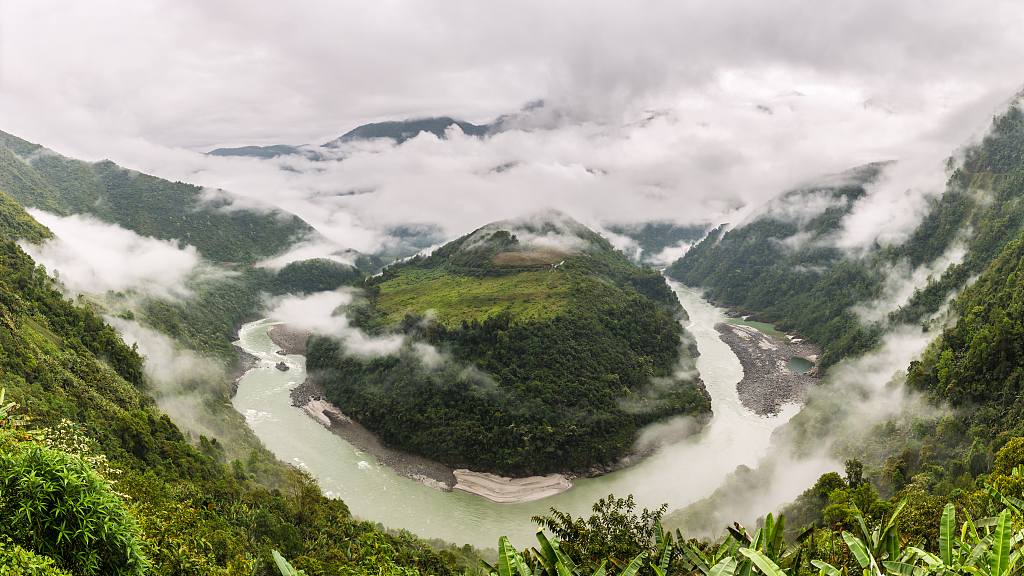
Yarlung Zangbo River. /VCG Photo
Dykes began his journey at the source of the river on the Qinghai-Tibet Plateau and finished near east China's Shanghai Municipality on Monday. The trip was full of unexpected challenges and difficulties. Even so, many of the phenomenal views along the journey have turned out to be mind-blowing surprises that Dykes never thought he would see in China.

Yarlung Zangbo River. /VCG Photo
You may not have the chance to walk through the journey, but it won’t stop us from appreciating some of the natural splendors Dykes witnessed.

Yarlung Zangbo River. /VCG Photo
First Bay of the Yangtze River
The First Bay of the Yangtze River is located in Shangri-La, southwest China's Yunnan Province. The river flows down the "roof of the world" - the Qinghai-Tibet Plateau - and enters Yunnan where it merges with the Lancang and Nujiang Rivers. Together, they form unique river-valley landforms on the three parallel rivers.
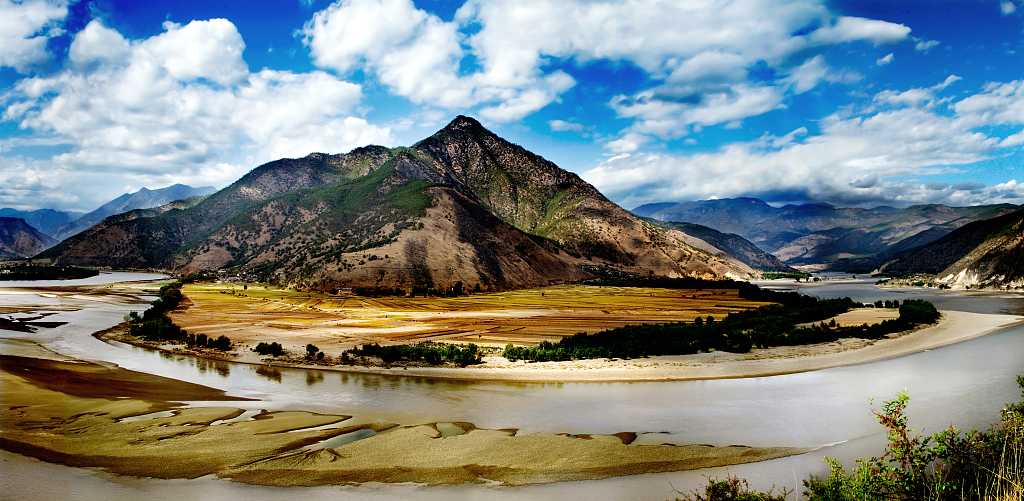
First Bay of the Yangtze River. /VCG Photo
The First Bay of the Yangtze River is also where the river suddenly makes a turn in the "V" shape, and changes its direction to the northeast. An ancient poet wrote "[the] river reverses at this place, flows to the central China, and forms splendid views."
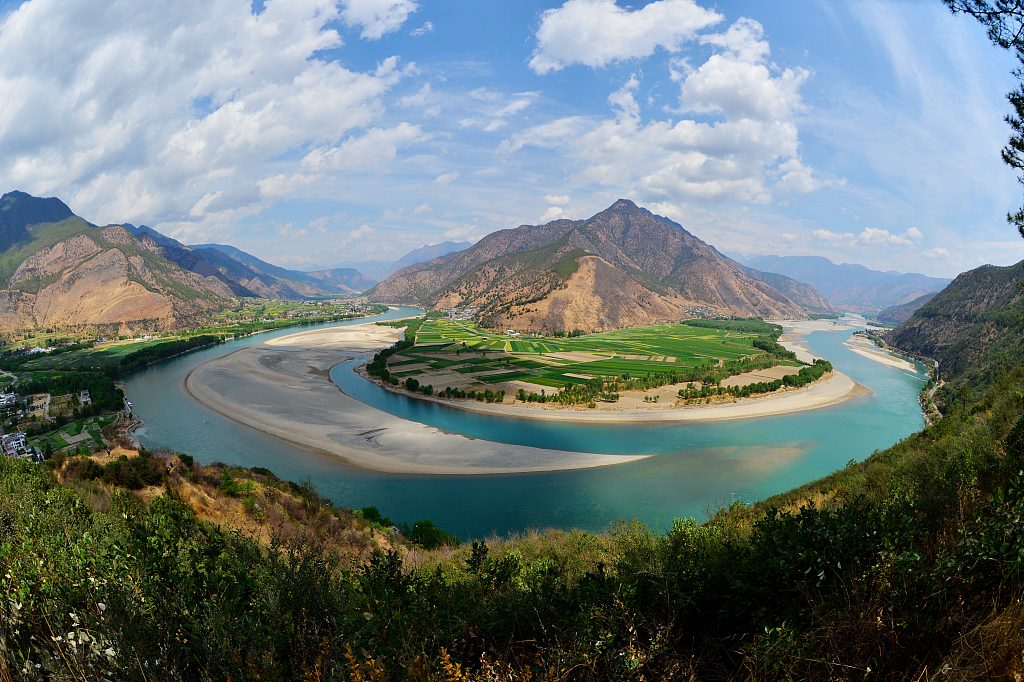
First Bay of the Yangtze River. /VCG Photo
Tiger Leaping Gorge
The Tiger Leaping Gorge, located in Yunnan Province, is a scenic canyon on the Jinsha River, a primary tributary of the upper Yangtze River. The Yulong Snow Mountain and Haba Snow Mountain stand on each side, offering beautiful and diverse landscapes.
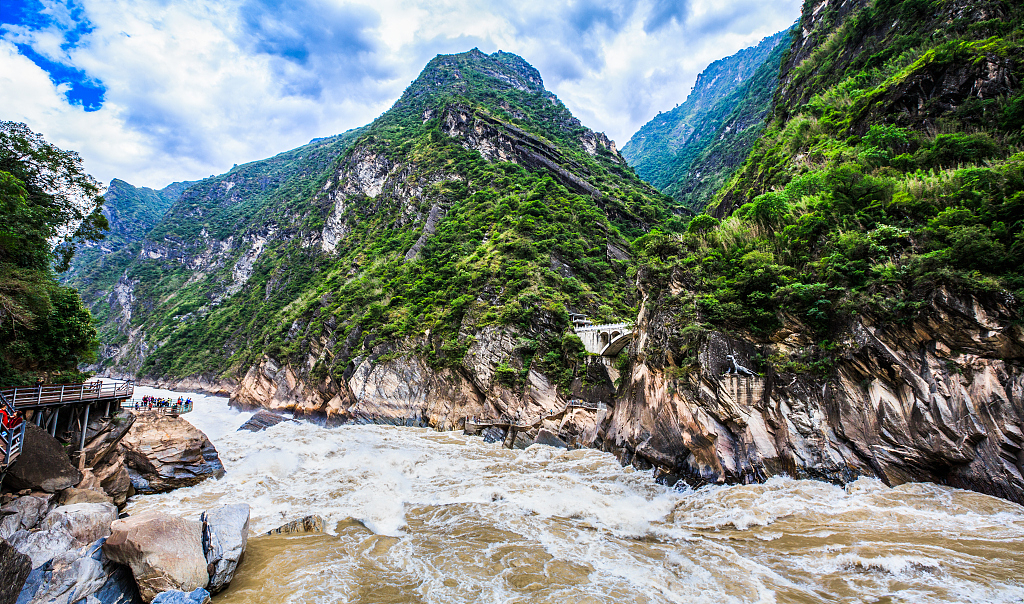
Tiger Leaping Gorge. /VCG Photo
Legend says that in order to escape from a hunter, a tiger jumped across the river at the narrowest point, which is how the gorge was named. The gorge is also one of the deepest in the world, making it a famous hiking trail.

Tiger Leaping Gorge. /VCG Photo
Qutang Gorge
From west to east, Qutang Gorge is the first of the three gorges. Starting from the ancient Baidicheng village in the west, passing between the Chijia Mountain on the north and the Baiyan Mountain on the south, it ends at Wushan County in the east. Qutang Gorge is the shortest yet the most spectacular of the three in Chongqing Municipality.
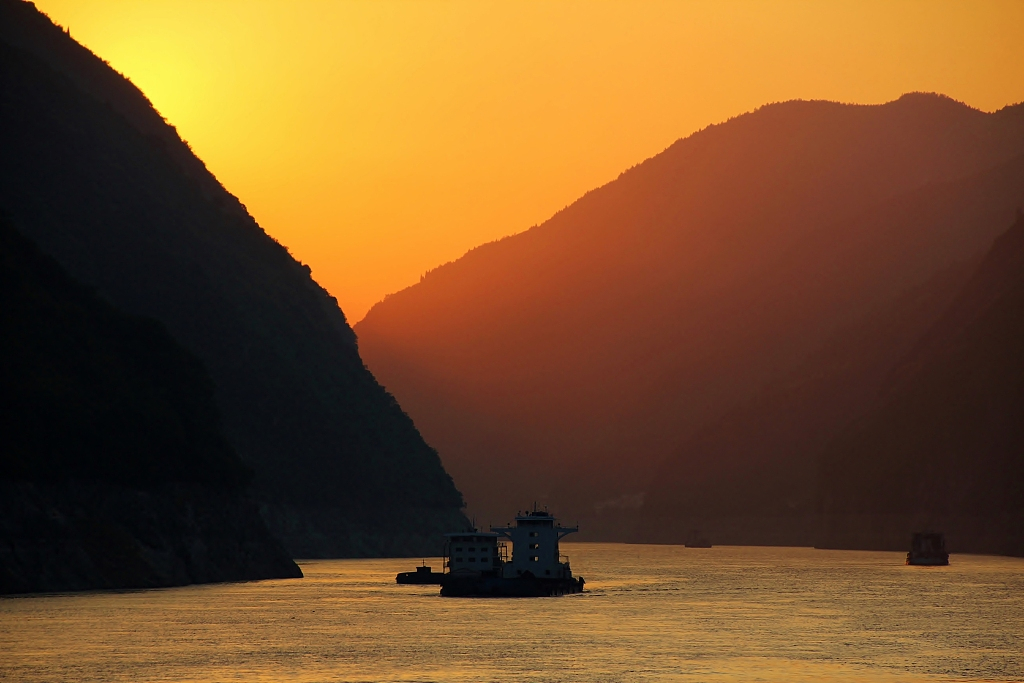
Qutang Gorge. /VCG Photo
The surrounding mountains stand steep in the gorge, and some of them can reach up to 1,500 meters high. The river is not wide - at most, it is about a hundred meters wide and the narrowest part is only tens of meters - which makes the cliffs seem more precipitous.
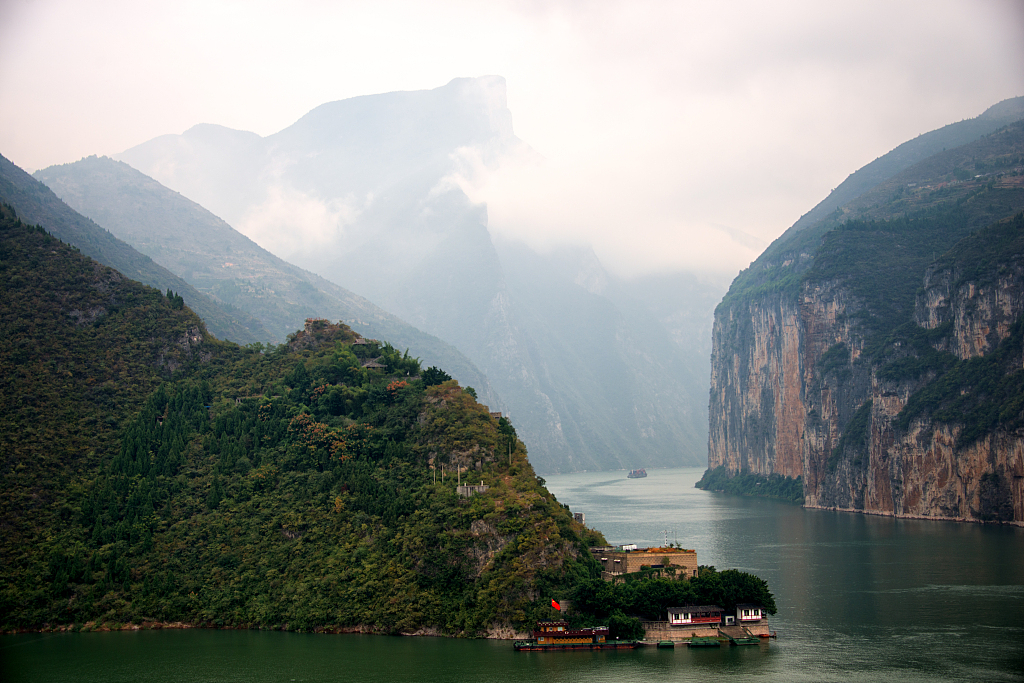
Qutang Gorge. /VCG Photo
Wudang Mountain
With an elevation of 1,612 meters, Wudang Mountain in Hubei Province is the most sacred Taoist mountain in China and birthplace of Tai Chi. Known in ancient times as Taihe Mountain, Wudang Mountain has been an important site for religious activities from the Spring and Autumn Period to the end of Han Dynasty.

Wudang Mountain. /VCG
Wudang Mountain contains reputable ancient building complexes like the Golden Palace and Ziyun Palace, which show the wisdom and effort of human being and architecture. It was listed as a World Natural and Cultural Heritage Site by UNESCO in 1994.

Wudang Mountain. /VCG
(Cover: VCG)
(If you want to contribute and have specific expertise, please contact us at nature@cgtn.com)

Copyright © 2018 CGTN. Beijing ICP prepared NO.16065310-3
Copyright © 2018 CGTN. Beijing ICP prepared NO.16065310-3